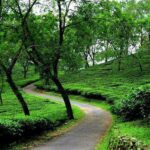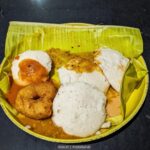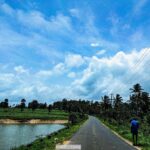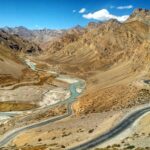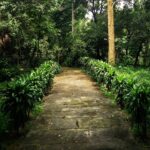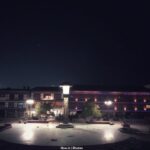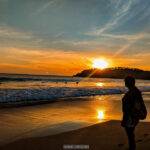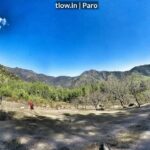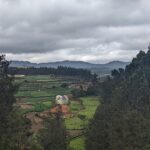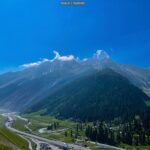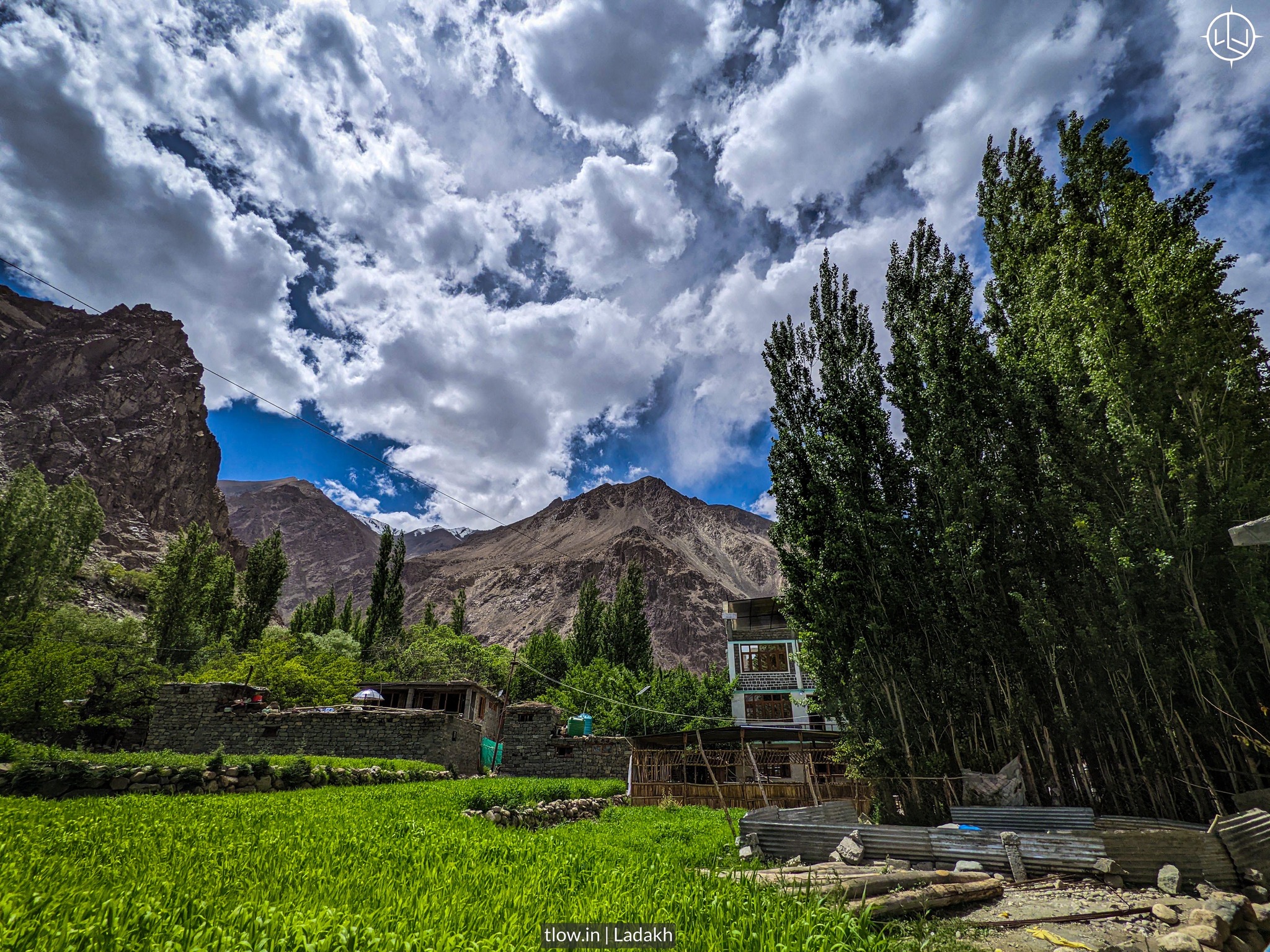
Land of the Baltic people where the apricots grow wild: Turtuk, Nubra Valley
Turtuk is the last village up to which travel permits are issued to visitors in Nubra Valley of the Ladakh region in the Himalayan state of Jammu and Kashmir in India. The village of Turtuk is located at an altitude of around 9,846 feet above sea-level (3001 m) and is inhabited by the Balti people of Tibetan decent. This beautiful village of Turtuk is located on the edge of the Shayok Valley which is a part of the famous Nubra Valley.
The village of Turtuk is located around 88 km or a simply splendid three hour drive from the town of Diskit in Nubra Valley and is best approached by private or shared taxi from Leh. A two night road trip to Nubra Valley is required to reach the village of Turtuk, with a one night halt at either Diskit or Hunder.
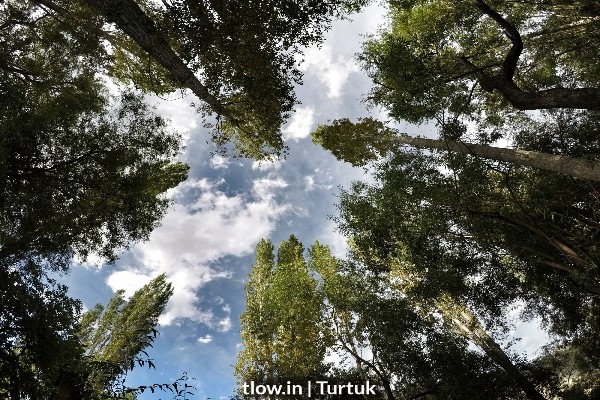
Turtuk is also connected to the town of Leh by the local government bus service. The bus leaves once a week from the Leh bus station and returns back from Turtuk to Leh the next day. The bus ride is a long and bumpy ride not because of the quality of roads but more because of the quality of the bus. It is important to enquire at the bus station about the bus schedule and timing.
An important thing to note if you plan on travelling to the village of Turtuk is to get an inner line permit with Turtuk mentioned on it. Since there have been cases of travellers being sent back since they did not have Turtuk mentioned on the permit.
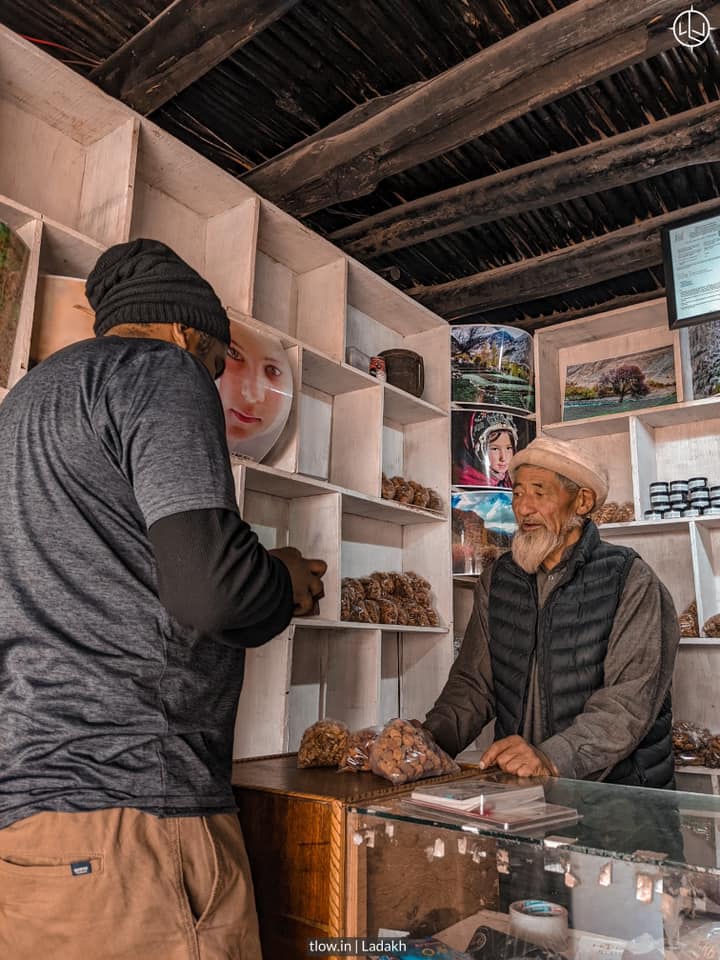
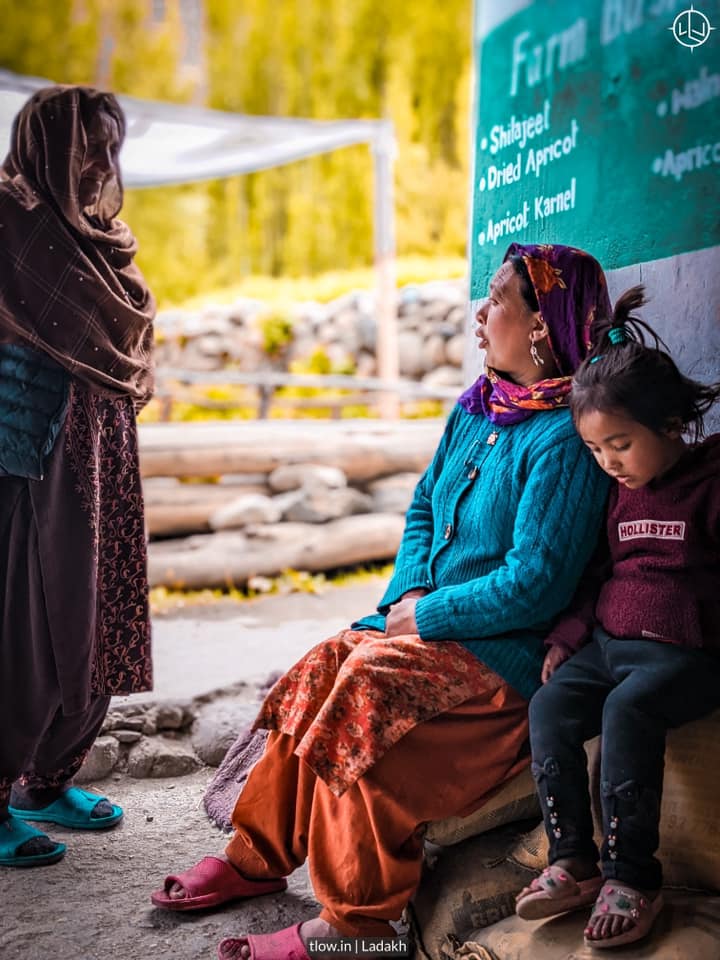
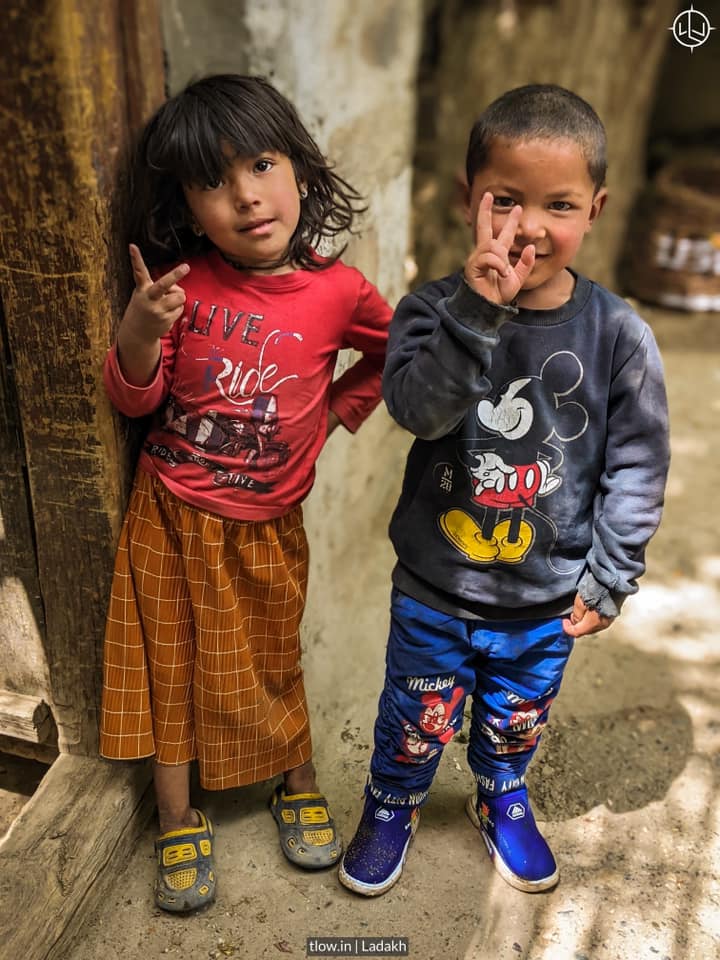
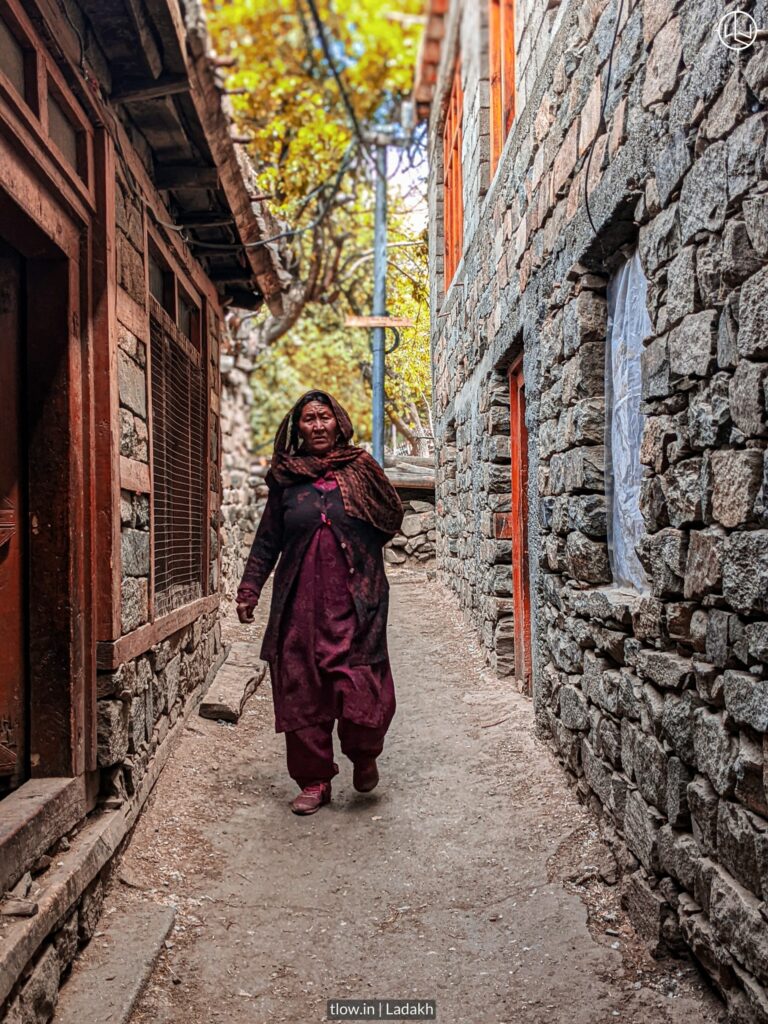
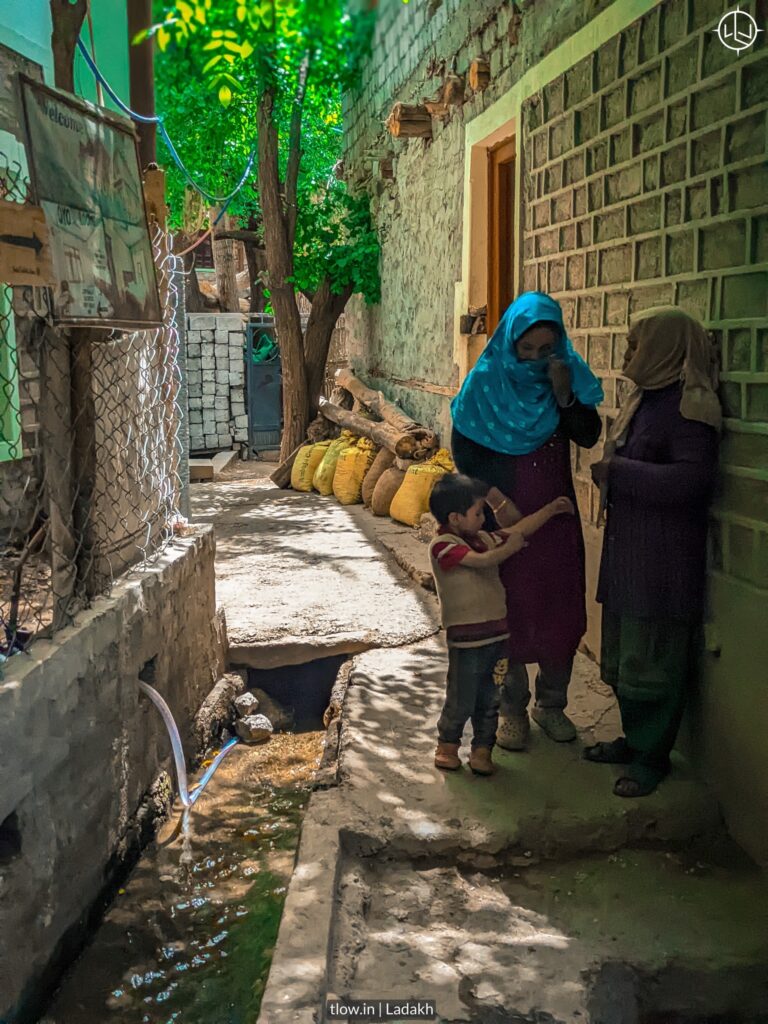
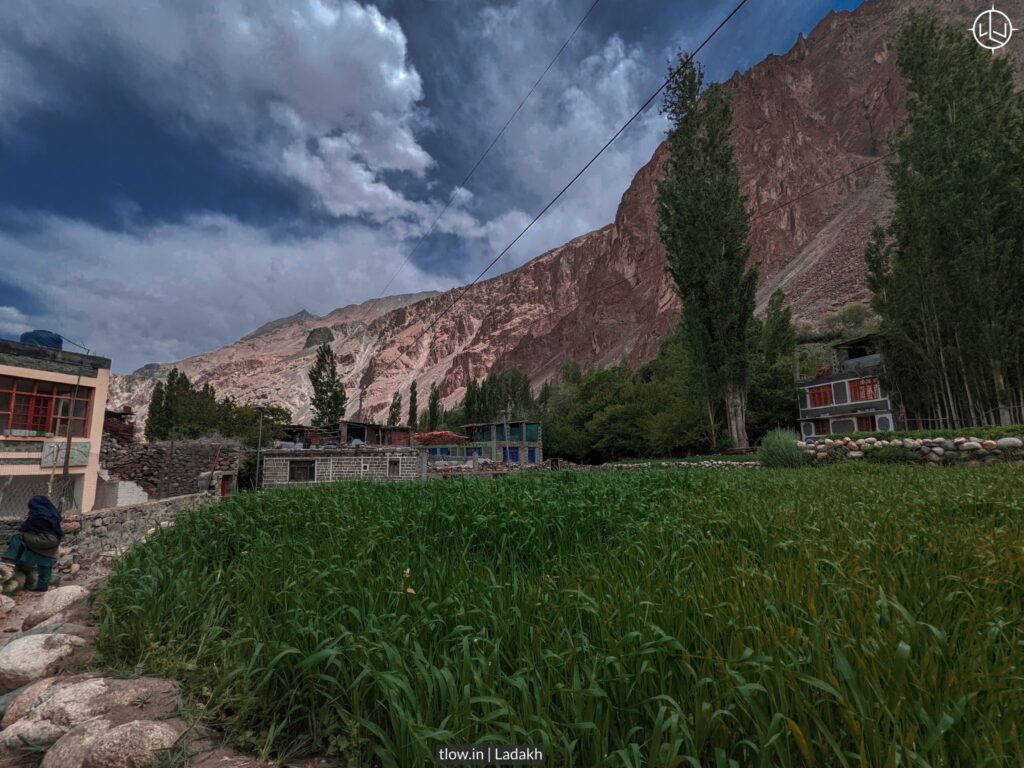
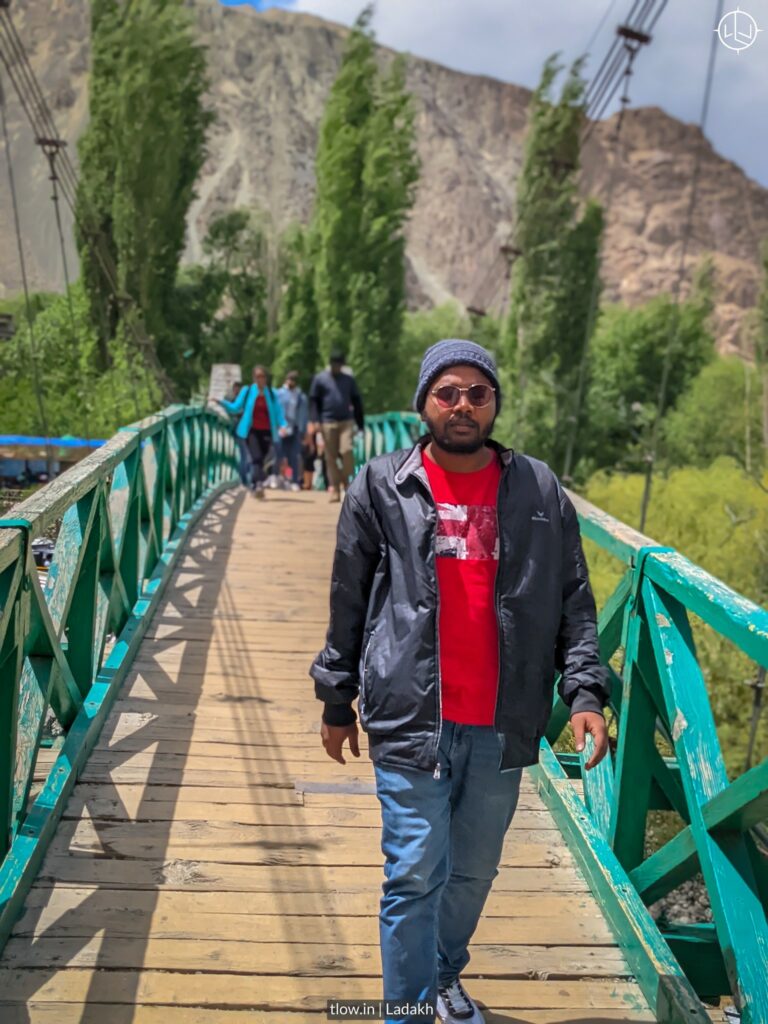
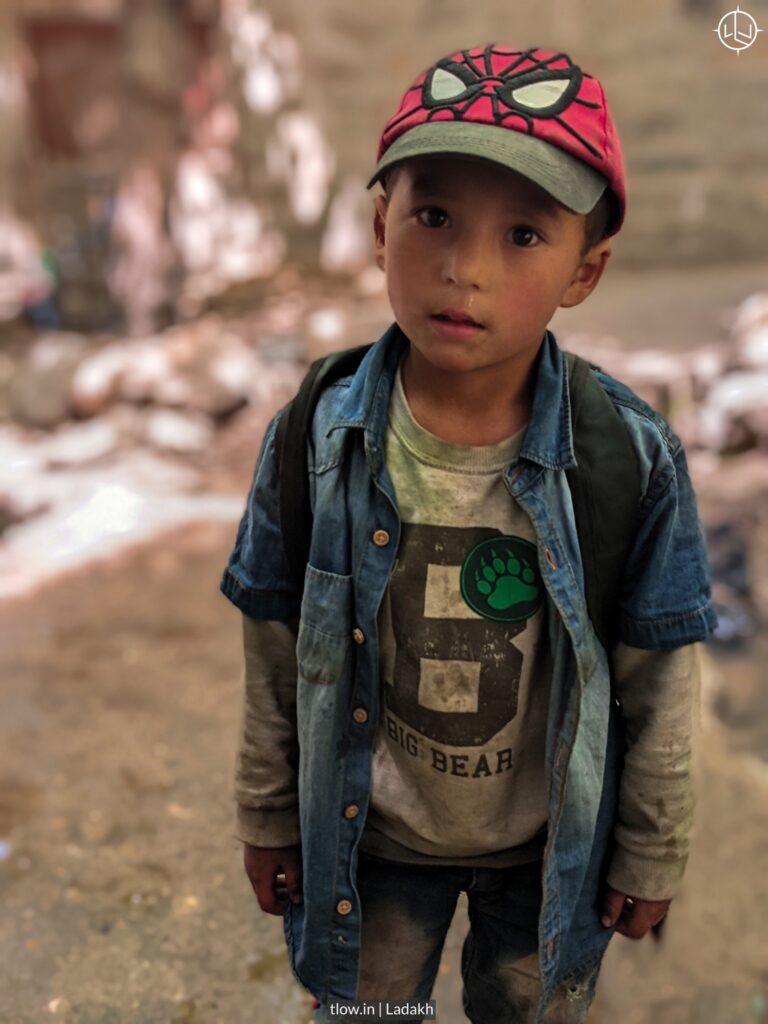
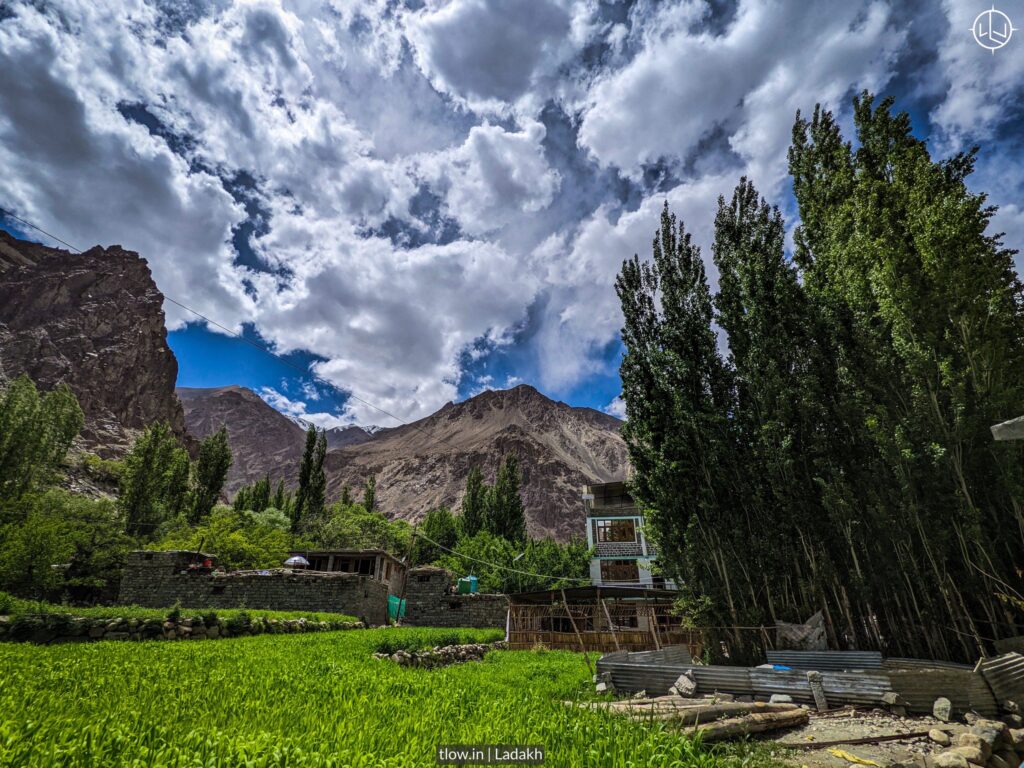
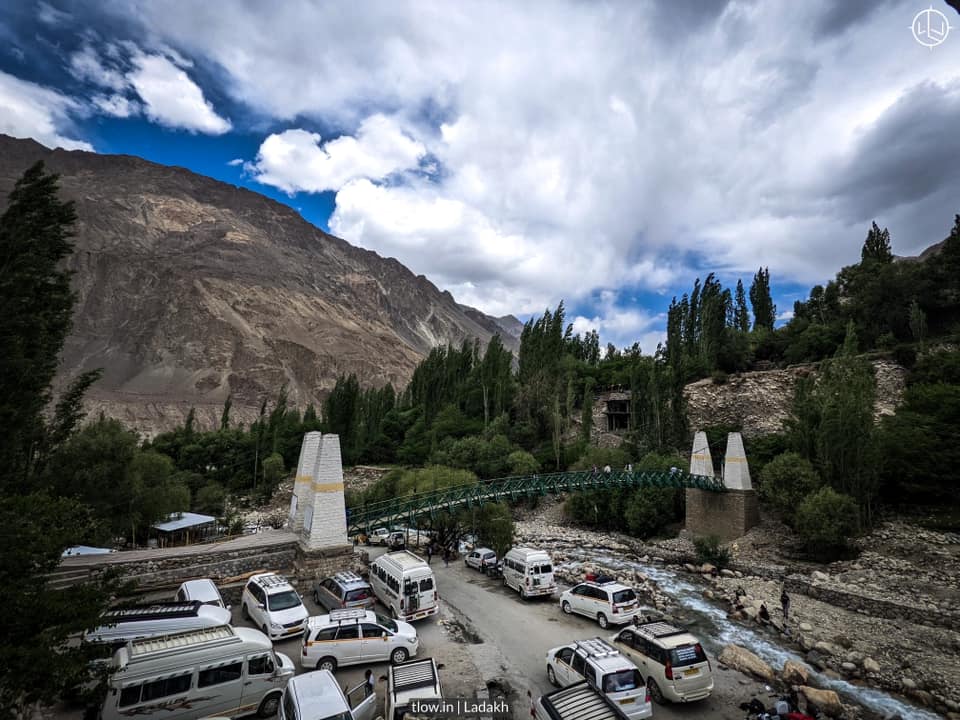
Turtuk
was only open to travellers in 2010 and is a remote village which is inhabited by ethnic Muslims, just a few kilometers away from the ‘Line of Control’ or LoC, between India and Pakistan, now on the Indian side. Until the year 1971, Turtuk was a part of Baltistan and was under the control of Pakistan. The story that goes around in Turtuk by the elders is one worth hearing about how on that one eventful evening they went bed in Pakistan occupied Kashmir or PoK and woke up in India.
To enter Turtuk one has to walk over a wooden bridge that crosses over the road and flowing stream. The village is very scenic with plenty of small colorful flowers and apricot trees all over the village.
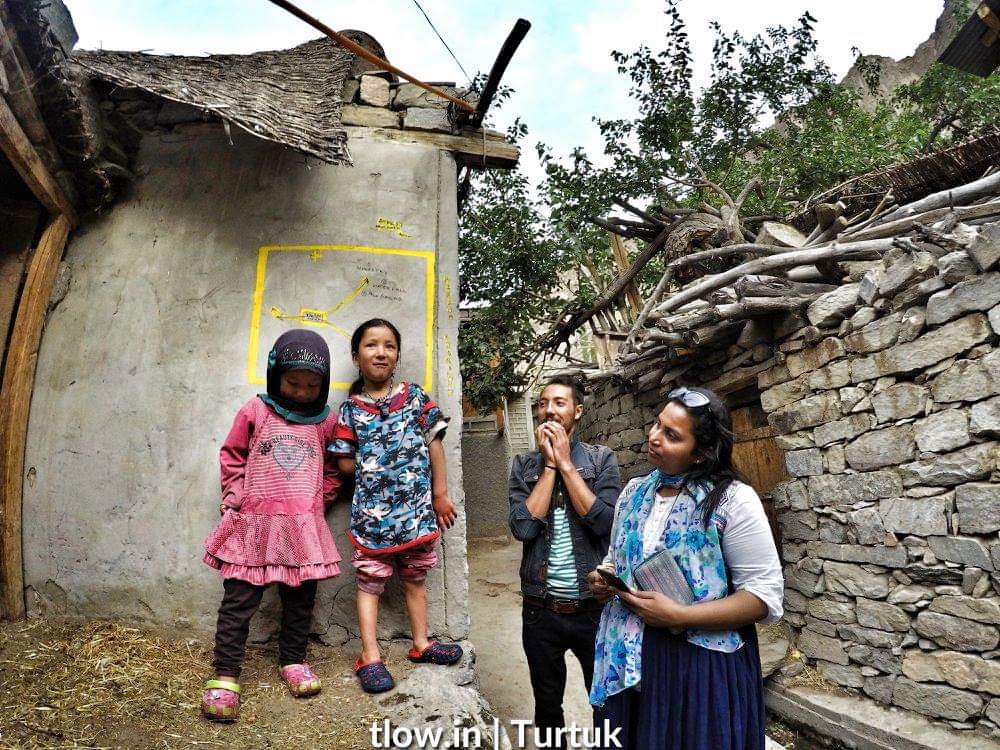
The village grows four different varieties of apricots and this fruit is the major source of income to the people. There are so many apricot trees in the village, that climbing on one of the trees and plucking the fruit is a must do thing for everyone who visits this beautiful village during the month of July and August.
The elders from the village are generally busy all day in their farms. A stroll through the village is very pleasant taking you through lush green wheat field where you can meet cute little smiling children.
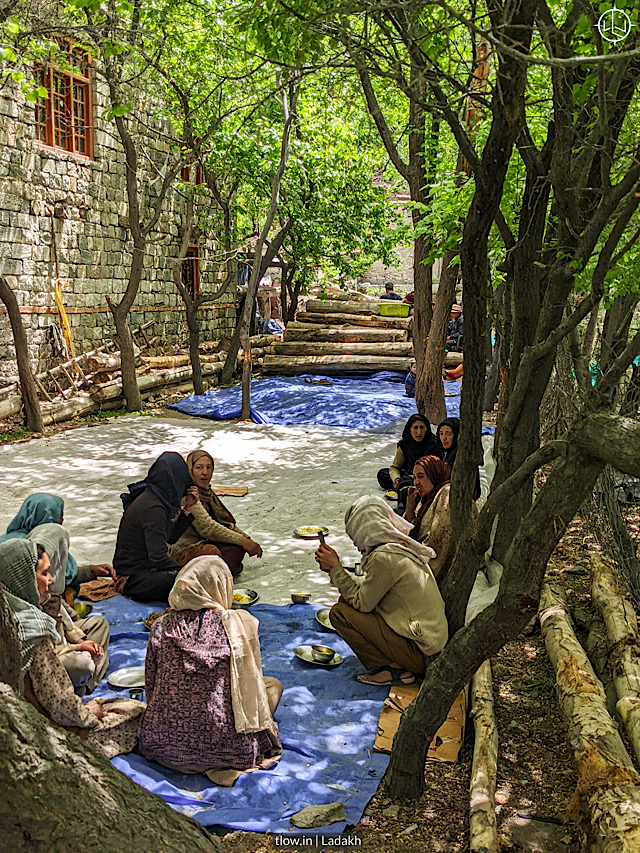
Nearly all the women in the village work in the hay fields along with their teenage children, while the men are mostly shepherds and tend to their apricot business. They also provide mules and porters to the army.
One thing that is very evident and makes this village of Turtuk very different from the rest of the villages in the area, is that since they are descendants of the Balti community they have very sharp features and many of them have light brown hair and colored eyes.
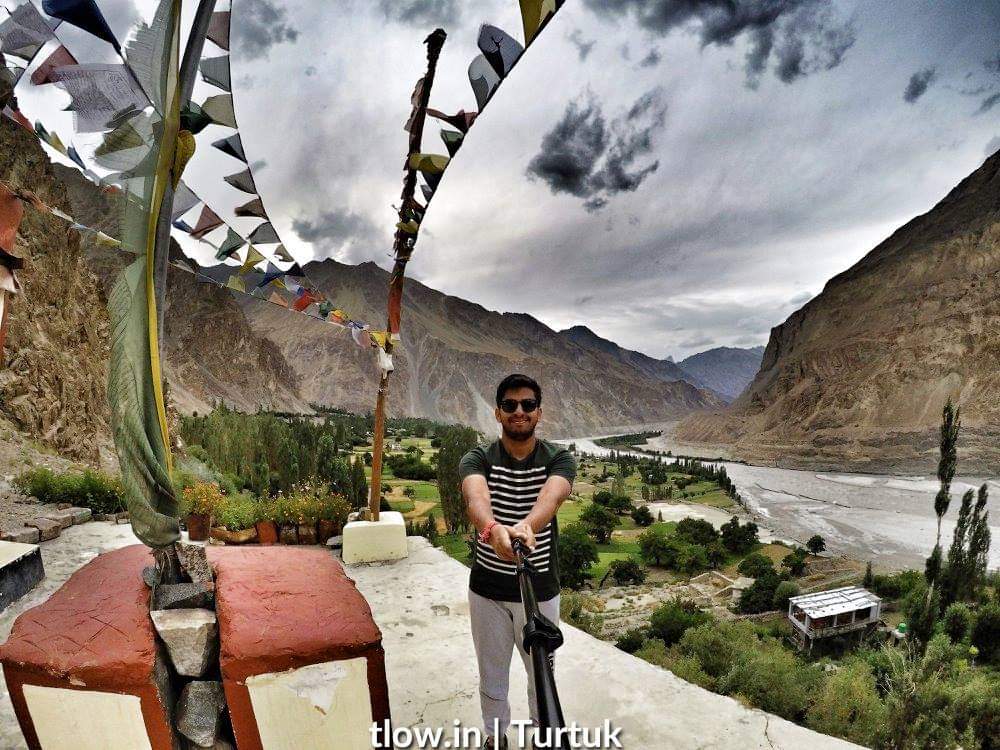
The village is situated on a flat plateau amidst the mighty Trans-Himalayas and the village really gives travellers a feel of what heaven on earth might look like. With its small colorful flowers and rosy cheeked children wandering the village lanes like naughty angels, while they play and run around the place, Turtuk makes people feel like they are in paradise.
Accommodation options in Turtuk is limited to very basic home-stays and a couple of guest houses which are nothing more than home-stays which have been changed into guest houses. The guest houses are more backpacker accommodation. They have large rooms with cots that can fit around five to six people with ease.
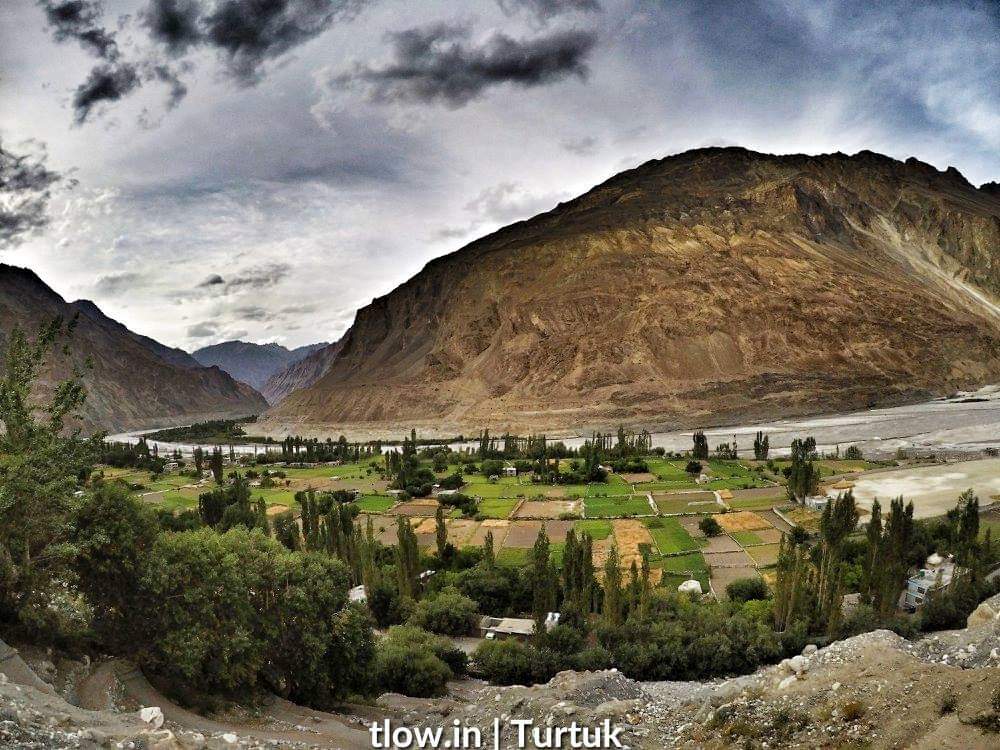
Most of the accommodations include breakfast and supper and the rooms are very neat and clean. There is a restaurant across the village near the road which prepares very basic food. Vegetarian food is a preferred choice in this restaurant.
Turtuk also has a couple of craftsmen who are renowned in the whole valley for making one of a kind walking sticks which are made from the horns of the wild ibex. The walking sticks are very impressive and totally worth the price that is coated by the craftsmen. If a person intends on buying one of these walking sticks carry cash since there is no ATM anywhere close to the village.
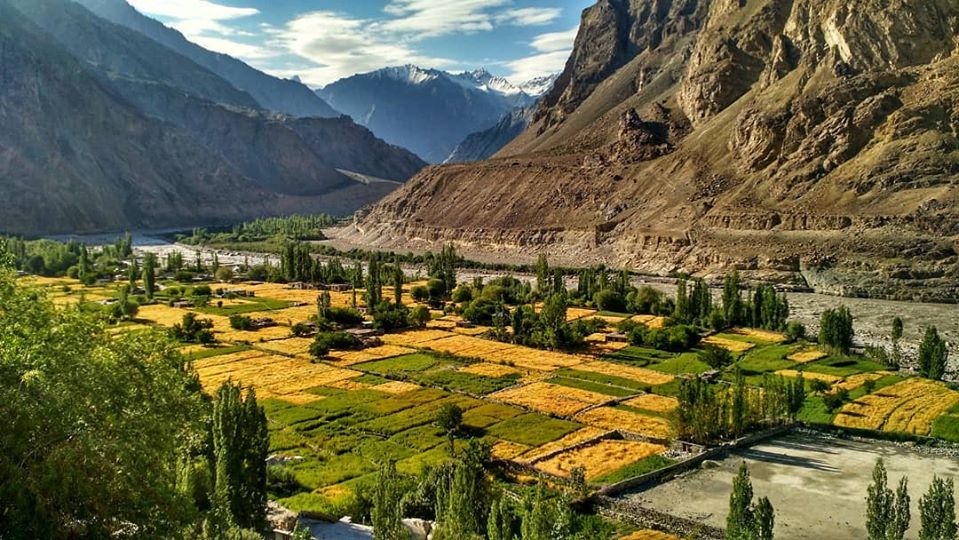
The best time to visit this village of Turtuk is during the summer months from June to September. Even during the summer months travellers must come prepared with light woolens since the temperatures in the evenings dips considerably.
Turtuk is about the closest one can get to Balistan, literally and physically. This beautiful village is a must visit place for all those who travel to Nubra Valley but Turtuk is more of a village that will appeal to backpackers and less to tourist. Turtuk is in every sense a delight with its culture, untouched by tourism and has plenty to explore.
For a similar experience, click here

